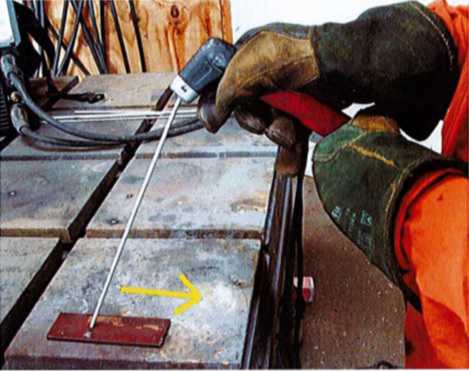Safe Work Method Statements SWMS play a crucial role in ensuring the safety and well-being of workers in various industries. Crafting a robust SWMS is essential for mitigating risks, preventing accidents, and fostering a culture of safety within an organization. Employing strategic approaches during the development of SWMS enhances their effectiveness and contributes to a safer work environment. Comprehensive Risk Assessment: A solid foundation for any SWMS is a thorough risk assessment. Identify and analyze potential hazards associated with the specific tasks involved in a project. This includes considering environmental factors, equipment usage, and the skills required by workers. By understanding the risks, organizations can tailor their safety measures to address specific concerns and create a more comprehensive SWMS.
Inclusive Worker Involvement: Engaging workers in the development of SWMS not only promotes a sense of ownership but also draws on their practical insights. Employees who are actively involved in the creation process are more likely to adhere to safety protocols. This collaborative approach ensures that the SWMS is practical, relevant, and aligns with the day-to-day realities of the work environment.

Clear and Concise Communication: Effective communication is paramount in any safety initiative. Ensure that the language used in SWMS is clear, concise, and easily understood by all team members. Ambiguities can lead to misinterpretations and compromise the effectiveness of the safety measures. Utilize visual aids, such as diagrams and illustrations, to enhance comprehension and make the document more accessible.
Regular Review and Updates: The dynamic nature of work environments necessitates regular reviews of SWMS. Periodically reassess the effectiveness of safety measures in light of changes in equipment, Safety Training Programs and procedures, or regulations. An up-to-date SWMS ensures that it remains relevant and responsive to evolving workplace conditions, maintaining its efficacy over time.
Training and Education Programs: Investing in training and education programs is a proactive strategy for building a robust safety culture. Equip workers with the necessary knowledge and skills to adhere to the SWMS. Regular training sessions not only reinforce safety protocols but also cultivate a mindset where safety becomes an integral part of daily work practices.
Use of Technology: Leverage technological tools to enhance the accessibility and effectiveness of SWMS. Digital platforms and mobile applications can provide real-time access to safety information, ensuring that workers have the latest guidelines at their fingertips. Technology also facilitates the integration of feedback loops, allowing for continuous improvement based on on-the-ground experiences.
Legal Compliance: Align SWMS with relevant occupational health and safety regulations. Adhering to legal requirements not only ensures compliance but also reflects a commitment to providing a safe working environment. Regularly update SWMS to reflect changes in legislation, reinforcing the organization’s dedication to upholding the highest safety standards.

